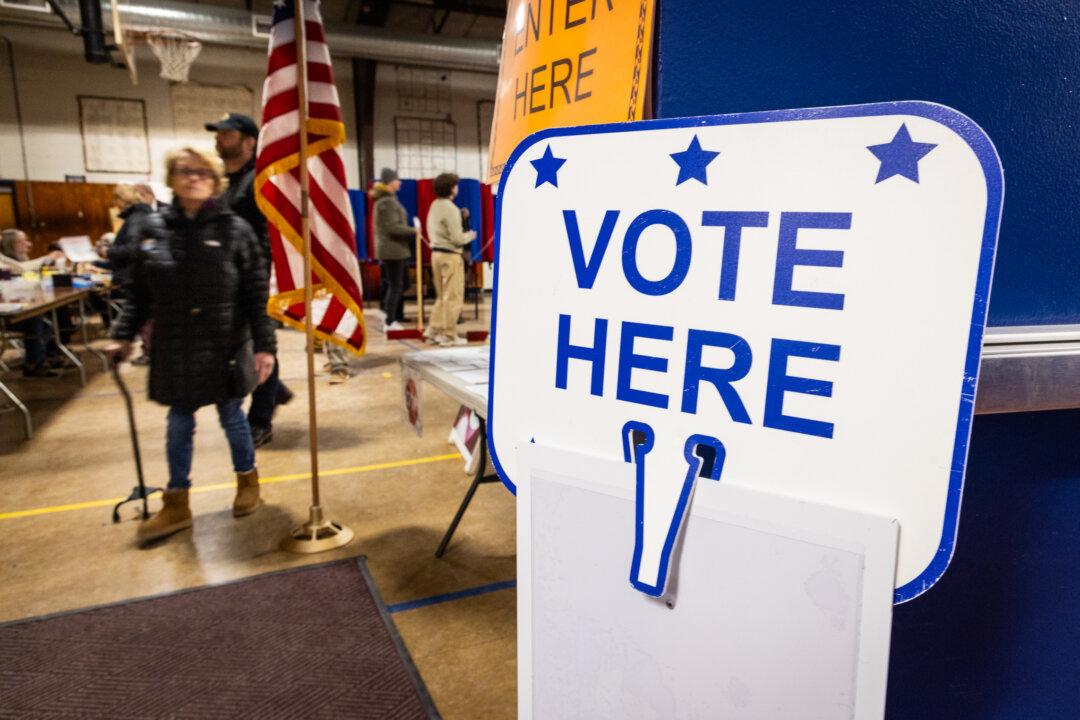Commentary
The first two installments in this series described the original Constitution’s election system, the Founders’ rules for voting, and five subsequent alterations by constitutional amendment.

The first two installments in this series described the original Constitution’s election system, the Founders’ rules for voting, and five subsequent alterations by constitutional amendment.